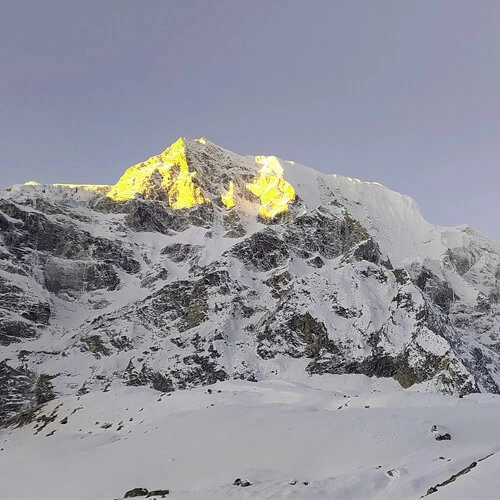Tsum Valley Trek is an exhilarating journey towards the Himalayan Valley, which is far away from modern civilization. Tsumbas, the people inhabiting this region, still look forward to and follow the old culture and traditions passed on to them by their ancestors. They have believed in preserving their culture for generations, which signifies their simplicity and loyalty.
Tsum Valley is an unexplored hidden gem where killing or consumption of animals and any other living creatures is strictly prohibited. This sacred pilgrimage is believed to be blessed by the second Buddha, or Padmasambhava and carries huge Buddhist significance. So, trekking to such a pilgrimage is no less than walking on the path of peace and salvation.
The beautiful Tsum Valley is surrounded by Ganesh Himal in the South, Boudha and Himal Chuli in the west, and Siring Himal in the north. Combining the Chumling( lower Tsum) and Chhaikampar ( upper Tsum), this valley is home to some of the biggest monasteries and gompas like Mu Gompa, Ranchen Gompa and many more. Opened for trekking in 2008, Tsum Valley Trek is garnering the attention of trekkers worldwide in mini Tibet due to heavy Tibetan influence in the region.
We will embark on this off-the-beaten journey on a scenic ride to Machha Khola. Following the natural direction of the Budhi Gandaki River, we will make our way through forested trails before passing settlement areas like Jagat. With high spirits, we will head towards Lokpa and move further deep into the valley after reaching Chumling. The scenic view of a wide valley dotted with barley and buckwheat patches will be ecstatic.
Moreover, the fluttering prayer flags around the gompas and monasteries amidst the giant white mountains are truly a visual delight. Highlighting our trek with Mu Gompa, the visit to this ancient monastery will cleanse the soul and give calmness to our hearts. Interaction with monks and nuns will help to understand the essence of this place and some life lessons.
So, are you ready to navigate unbeaten trails, discover the significance of unexplored Gompas, and listen to unheard stories? If yes, then what could be better than the Tsum Valley Trek? No, there is something better, i.e., to be accompanied by us, Green Society Adventures. We will provide you with guidance and expertise to make your journey more convenient and easier.
Tsum Valley Trek can also be combined with the Manaslu Circuit Trek for an extensive experience of the west-central Himalayas. Trekkers who have enough time on hand prefer this duo-itinerary option for an immersive experience.
Best Season for Tsum Valley Trek
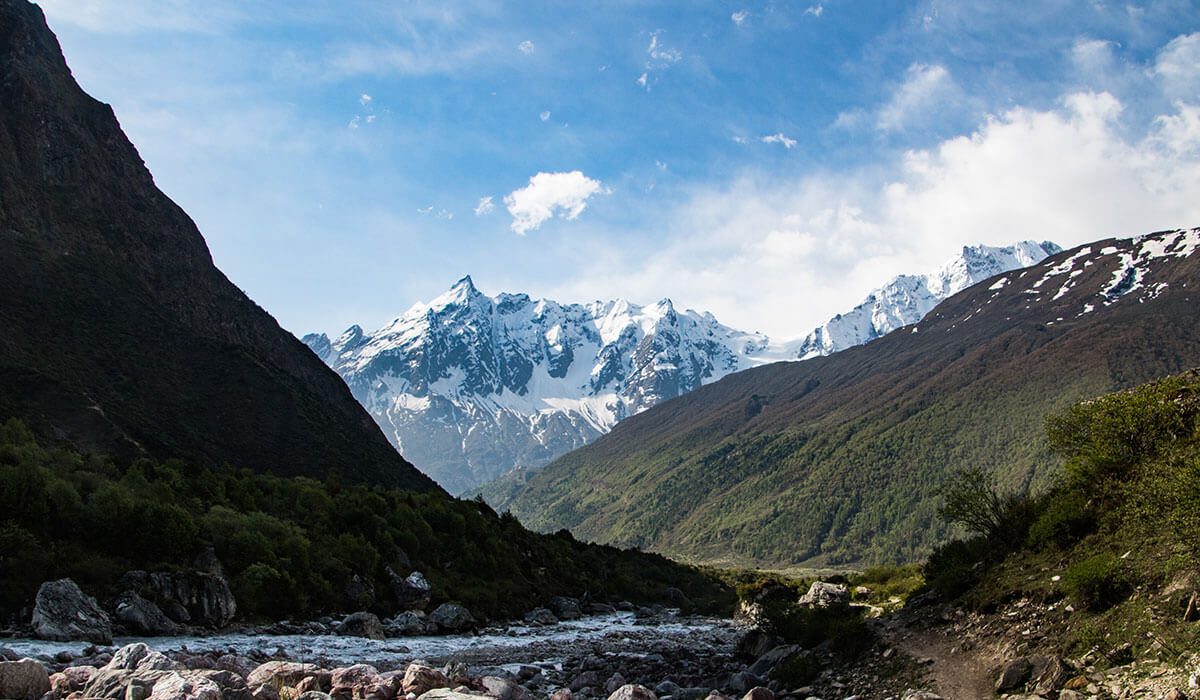
Like any other trek, trekkers prefer to embark on the Tsum Valley Trek during the spring and autumn seasons. From March to May, the hills will be covered with dense vegetation, forming the green canopy of delight. Moreover, the different shades of rhododendrons bloom, forming dotted patches contrasting with green vegetation, which is soothing to watch. The daytime will have a moderate temperature ranging between 10 degrees Celsius to 18 degrees Celsius, while the day and night can get a little chilly with some cool breeze. The lower elevation of the region will be green and filled with crops, while the upper Tsum Valley stands comparatively dry amid the magnificent mountains.
Likewise, from September to November, you can have unobstructed mountain views under the moderate climate of the region the temperature can hover around 13 degrees Celsius to 21 degrees Celsius in the lower elevation. As you incline to a higher elevation, you can feel the temperature drop. The harvesting atmosphere during all seasons makes the trekking trail more attractive. Connecting with locals and listening to their folk's stories can give you insights into their Himalayan life. As winter is approaching in late November, you can experience some light snowfall, so you have to be prepared for all sorts of circumstances.
Usually, monsoon and winter are considered off-season for trekking with a lesser crowd on the Tsum Valley trail, but these seasons are also equally rewarding and promise you an unforgettable experience. During monsoon, the heavy rainfall rejuvenates the region as rivulets and waterfalls suddenly become voluminous. The dense forest and wetland vegetation also thrive during this time of the year to give you a different perspective of the valley.
Similarly, the whole region will be covered with snow during winter, creating a winter wonderland. You can be awestruck after being surrounded by the snow-glistening mountains. However, adequate preparation is a must when it comes to off-season trekking.


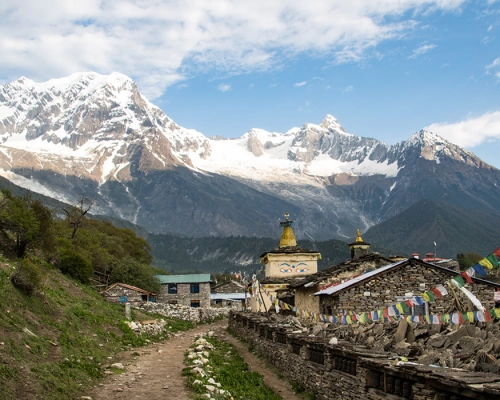
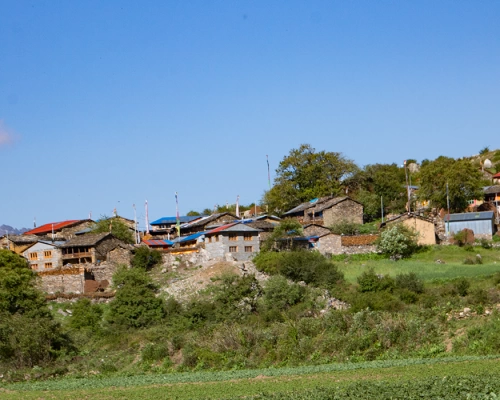
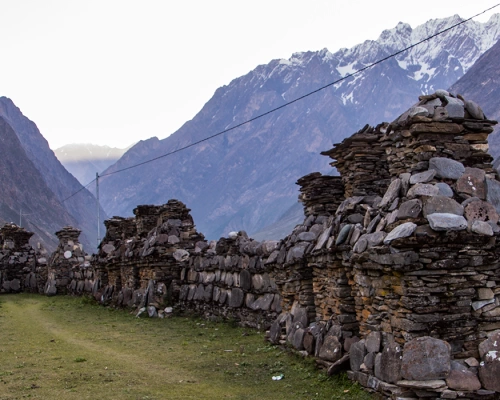
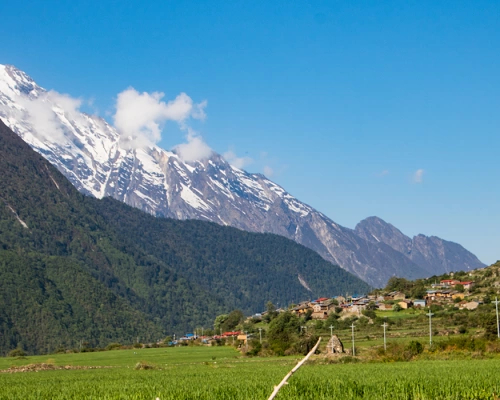

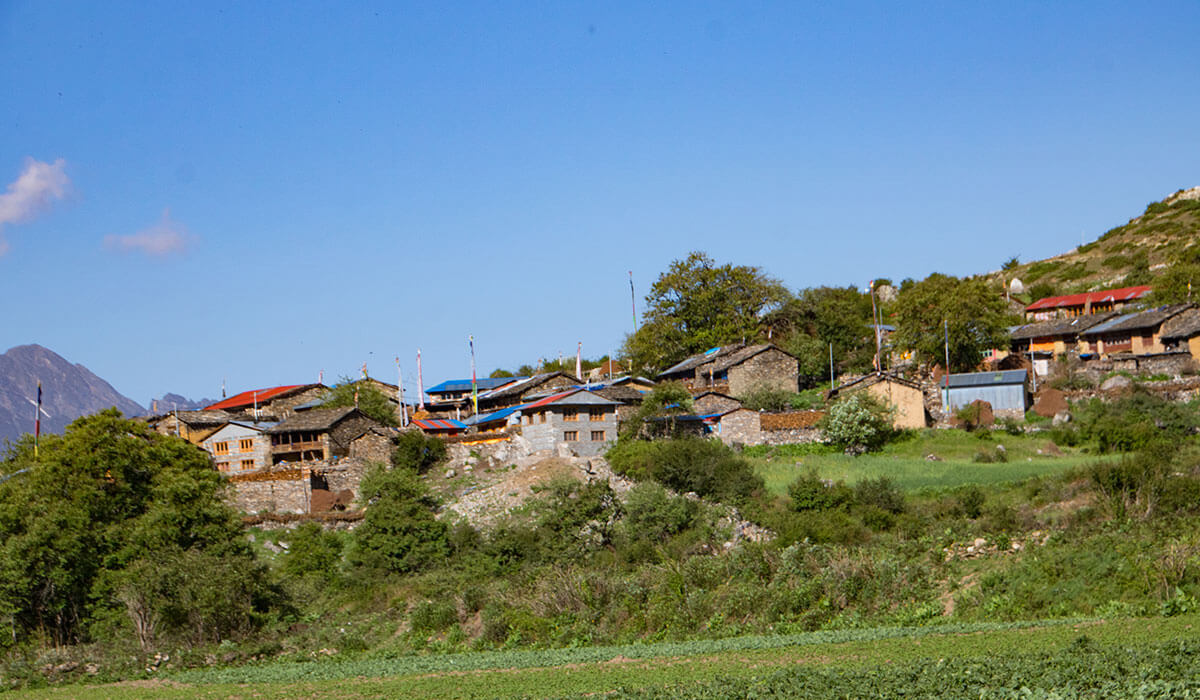
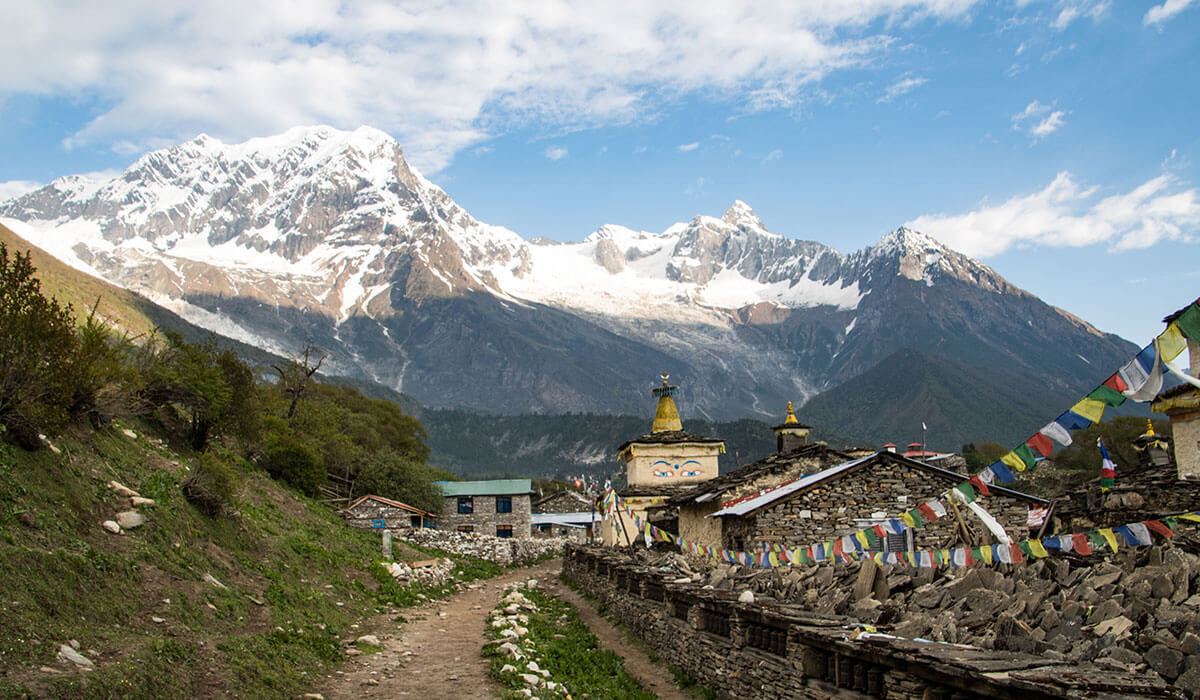
.jpg)

